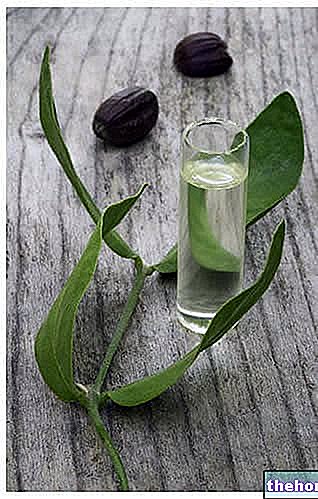Tannic compounds or tannins
Tannins are generally non-glycosylated molecules (although there are exceptions), which owe their name to the ability to precipitate proteins. From the molecular and structural point of view, tannins are different compounds, but they have the same properties; an example are saponins, glucosylated molecules where the aglycone can be either steroid or triterpene.

Hydrolyzable tannins or gallotannins are polymers with a high molecular weight of gallic acid, in particular they are polyphenols; they are called hydrolyzable because they can be attacked and depolymerized by an enzyme, called tannase. These tannins are structurally different from condensed tannins, even if both are high molecular weight polymers.
Condensed or catechinic tannins are polymers of more complex molecules, C6-C3-C6, and their monomeric unit is catechin, which has the same formula C6-C3-C6 as flavonoids.

The properties ascribed to tannic compounds, whether they are gallotannins or catechinic tannins, are different:
-astringent: determined by an arrest of glandular secretion, by a decrease in the permeability of membranes and capillaries, and by vasoconstriction, which reduces the metabolic work of the tissues, with an anti-inflammatory action.
-hemostatic: determined by a vasoconstriction of the vessels and by the precipitation of the blood properties in favor of the thrombus formation. This action was used for the tanning of hides.
- antibiotic, antiviral and antifungal: carried out by polyphenols; tea in particular is rich in it.
- antidiarrheal: inducing a reduction in intestinal peristalsis.
- anti-inflammatory: the formation of a small clot protects the tissue from further inflammatory states.
Examples of tannin drugs are:
Witch hazel
Arnica
Ratania
Tormentilla
Other articles on "Tannins"
- Tar - Vegetable Tar and Mineral Tar
- Pharmacognosy
- Witch hazel




























